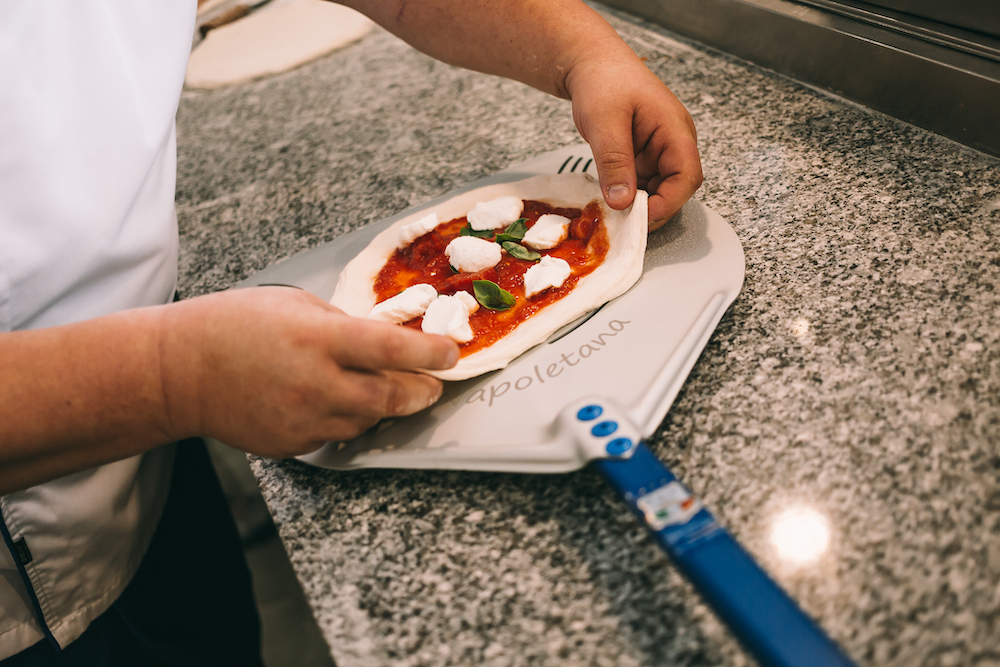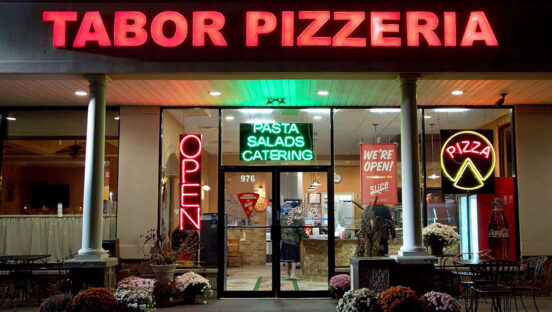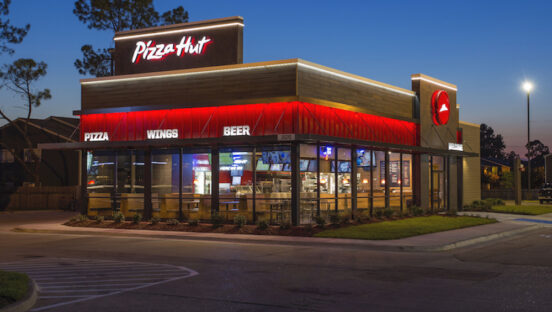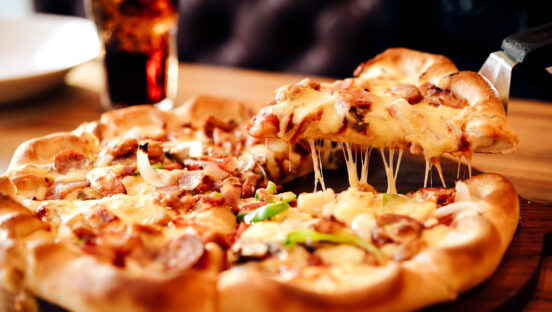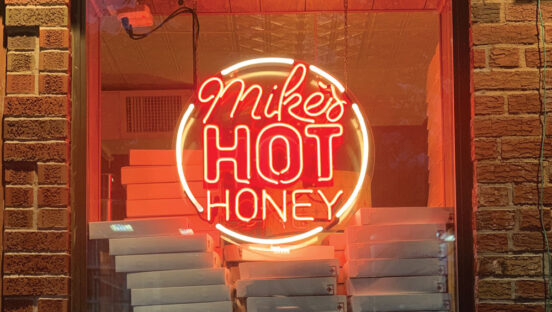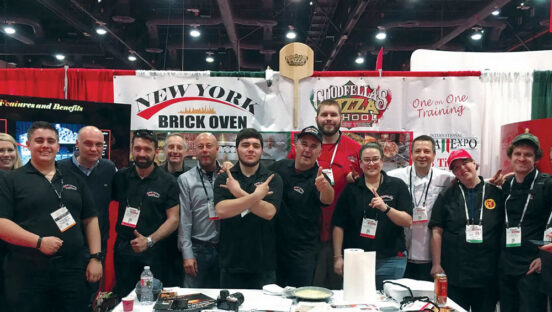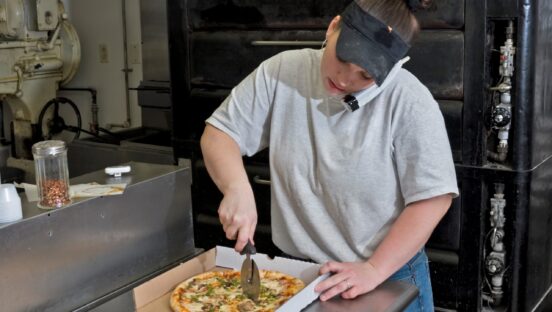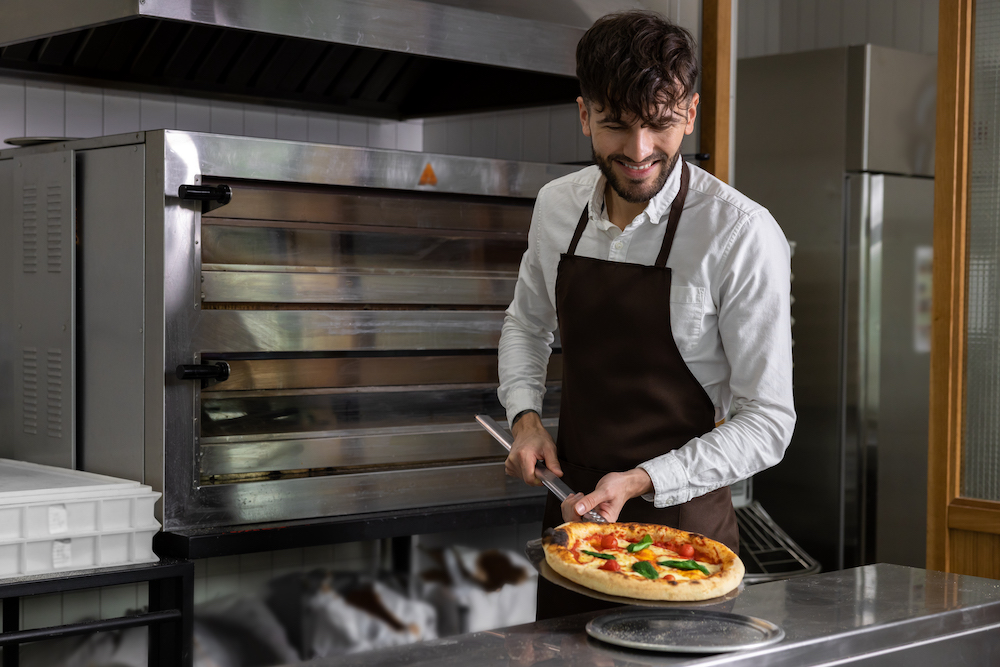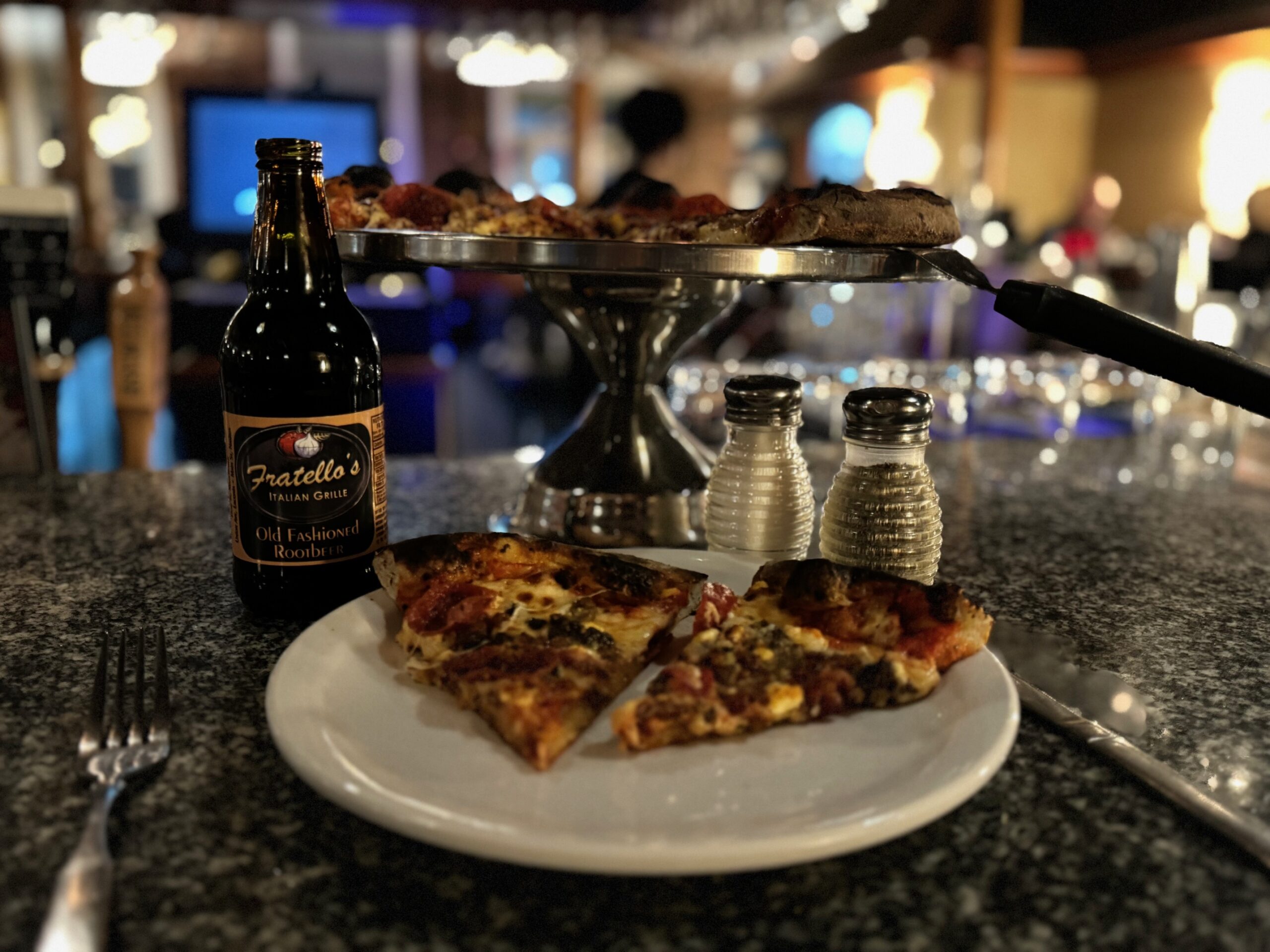Finding the ideal pizza peel, whether you are a professional pizza maker or just a lover of homemade pizza, may not always be an easy task. There are various types of baking peels, differing in shape, size and materials, a factor not to be underestimated when choosing the most suitable model for your needs.
But which material should you prefer? The classic wooden peel or the more modern aluminum peels?
Wooden Pizza Peels
Wood is a traditional material that has always been used to make pizza peels, as it is inexpensive and easily machined even with handicraft techniques. However, this material features some critical issues that you need to be aware of.
- A wooden peel has the disadvantage of not lasting long, and it is harder to maintain hygiene. Wood is indeed a perishable material and it is difficult to clean thoroughly, with the risk of harboring germs in the pizzeria or kitchen.
- Wood is a heavier and less ergonomic material compared to aluminum, difficult to flex and not always easy to handle, especially if you are still inexperienced. This may slow the time it takes for pizzas to be placed in the oven, resulting in longer time in handling orders.
Aluminum Pizza Peels
Aluminum pizza peels are the best choice on the market today. Aluminum minimizes friction between dough and peel, which makes picking up and releasing the pizza into the oven a smooth and natural motion.
The light weight of the material makes it easier to place the pizza in the oven, preventing it from sticking to the surface and allowing the dough to retain optimal hydration.
Thanks to the special treatments of the aluminum alloys, peels in this material are guaranteed to perform highly in terms of strength, durability and hygiene.
The extreme ease of handling of the material makes it easier to transfer the pizza from the preparation counter to the oven, lightening the pizza maker’s work.
To confirm the versatility of use of this material, it should be pointed out that aluminum is well suited not only to the needs of those who work the dough on the countertop, but also to pizza makers who, in keeping with tradition, prefer to open and season the pizza round directly on the peel. In fact, this type of peel is designed to address effectively the specific needs of any work method, ensuring nimbler working conditions and more efficient results in every context.
Anodized Aluminum Peels
Gi.Metal peels are made mainly of anodized aluminum. Anodizing is a chemical process that involves a major strengthening of the natural properties of aluminum, with the following advantages:
- Greater resistance to corrosion
- Increased surface hardness
- Better resistance to wear and abrasion
- A more aesthetically pleasing appearance
Many pizza makers today choose to rely on peels made of anodized aluminum, so much so that Gi.Metal has decided over time to specialize in the field, carrying out in-depth research, analysis and tests, thanks to which it has successfully developed different types of anodizing:
Neutral Anodizing: Azzurra, Neapolitan, Alice. (Neutral anodizing makes the surface uniform and protects it from oxidation).
Hard Anodizing: Carbon, Evolution. (The special S.H.A. treatment is hard oxide anodization that provides maximum protection against corrosion, wear and friction while ensuring extreme smoothness and the same lightness as the timeless Azzurra).
Golden Hard Anodizing (G.H.A.): Gold. (Golden Hard Anodizing is the name of this special treatment of Japanese origin—anodic oxidation with subsequent sealing of micro-pores with silver ions, which gives the aluminum alloy the typical features and performance of stainless steel.)

